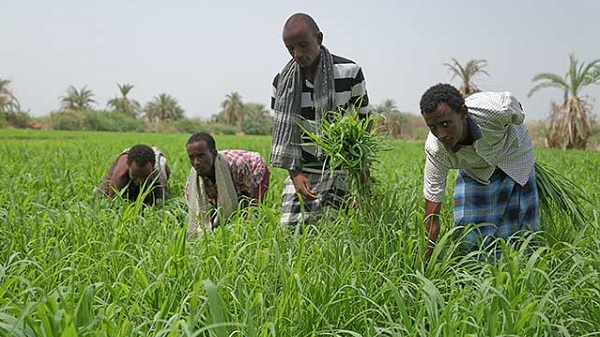
Ethiopia has a plan in place to build long-term drought resilience and rural food, which is almost exactly what Canadians did to build drought resilience on the Prairies during the Dirty Thirties. What the country needs now is money.
By Robert McLeman (Toronto Star)
What if I told you there was a way Canadians could help save millions of lives and fight climate change at the same time. And what if I also told you this method has already been tried and tested in Canada and the U.S. It’s ready to go, all it needs is funding. Would you support it? Would you tell your local MP that the government of Canada ought to invest in it?
This investment would be made in Ethiopia, where I recently represented Canada at a meeting of the Intergovernmental Panel on Climate Change. Although the meeting concerned the future impacts of climate change across the globe, it was hard to ignore the immediate climate challenges faced by the host country.
The Horn of Africa is experiencing its worst drought since the 1980s, and appeals are already being made for emergency famine relief for South Sudan and Somalia. Nearly eight million Ethiopians live in drought-stricken areas, but unlike its neighbors, Ethiopia has a stable, functioning government.
Granted, that government has an authoritarian bent and a spotty human rights record, but it spends more than 60 per cent of its budget on social and economic development. So it’s not some tinpot dictatorship.
READ: Investing in Resilience Helps Families Find Hope in the Face of Drought in East Africa
In fact, Ethiopia hosts 600,000 refugees from its conflict-prone neighbors. It is one of the world’s poorest nations, but it’s trying hard and has achieved steady economic growth over the past decade of close to 10 per cent annually. In short, Ethiopia is an emerging success story in a region that desperately needs one.
All this progress may be undone if the rains don’t come in the next 10 weeks. Ethiopia has a plan in place to build long-term drought resilience and rural food security, but it needs additional funds right away. We know this plan will work, because it’s almost exactly what Canadians did to build drought resilience on the Prairies during the Dirty Thirties, and how Americans overcame the hardships of the Dust Bowl that same decade.
Read the complete story at Toronto Star
——
See also:
- Drought Mitigation: Lessons from Ethiopia
- Ethiopia Taking Steps to Address Drought Conditions
- Drought Is Pushing Food Prices up Sharply in East Africa: FAO
- Investing in Resilience Helps Families Find Hope in the Face of Drought in East Africa
- Drought: The New Normal in East Africa? Should the Indian Niño Be Blamed for Drought?
